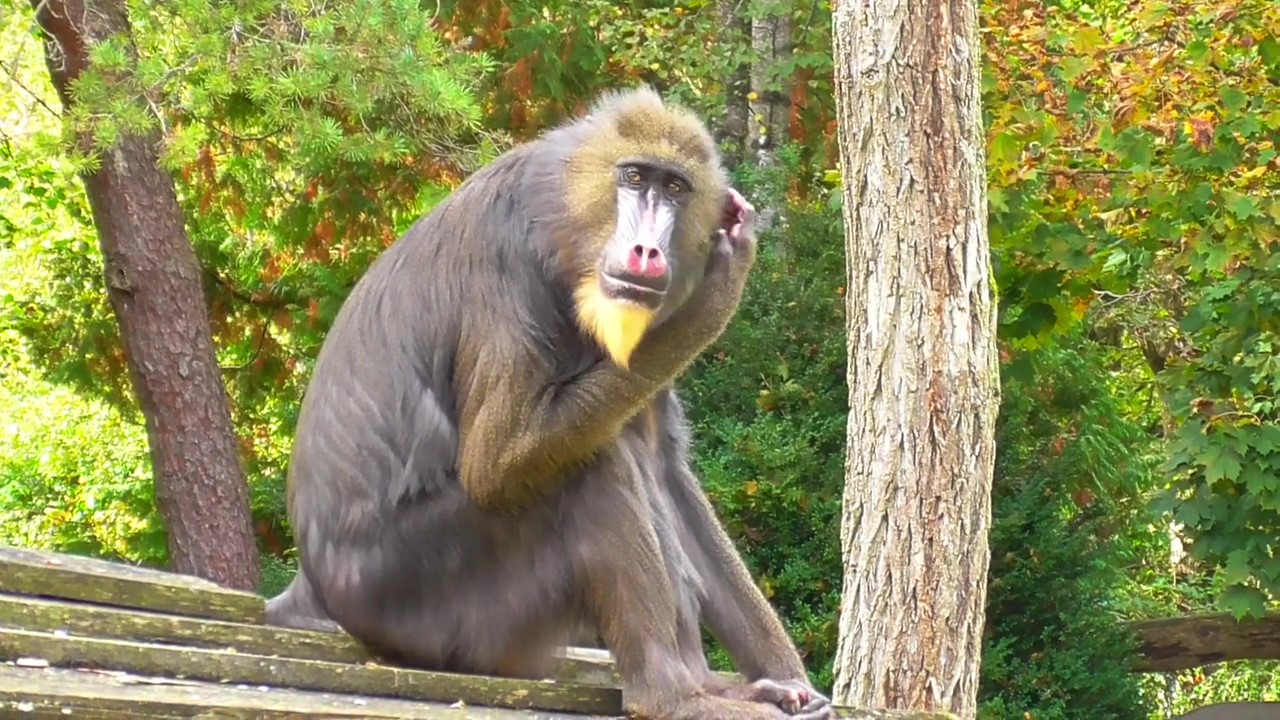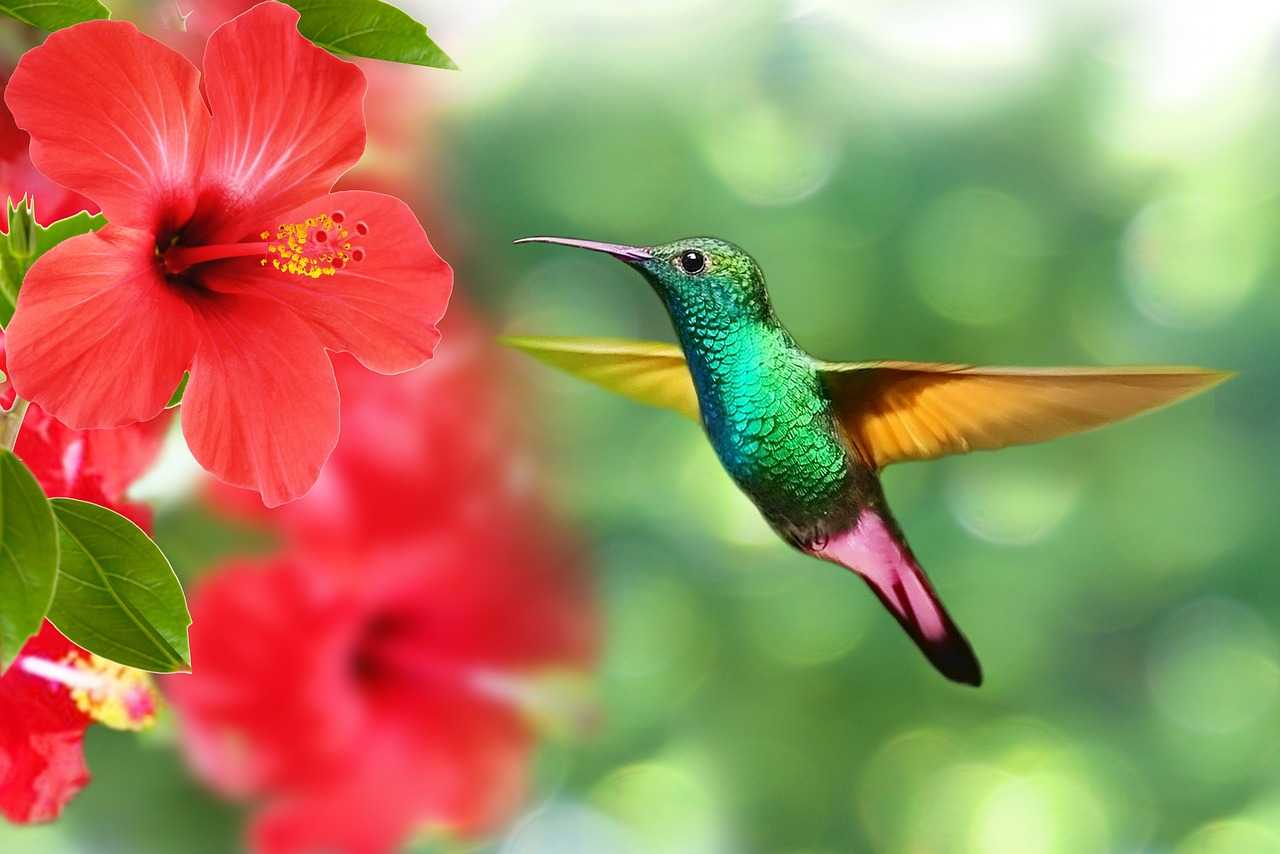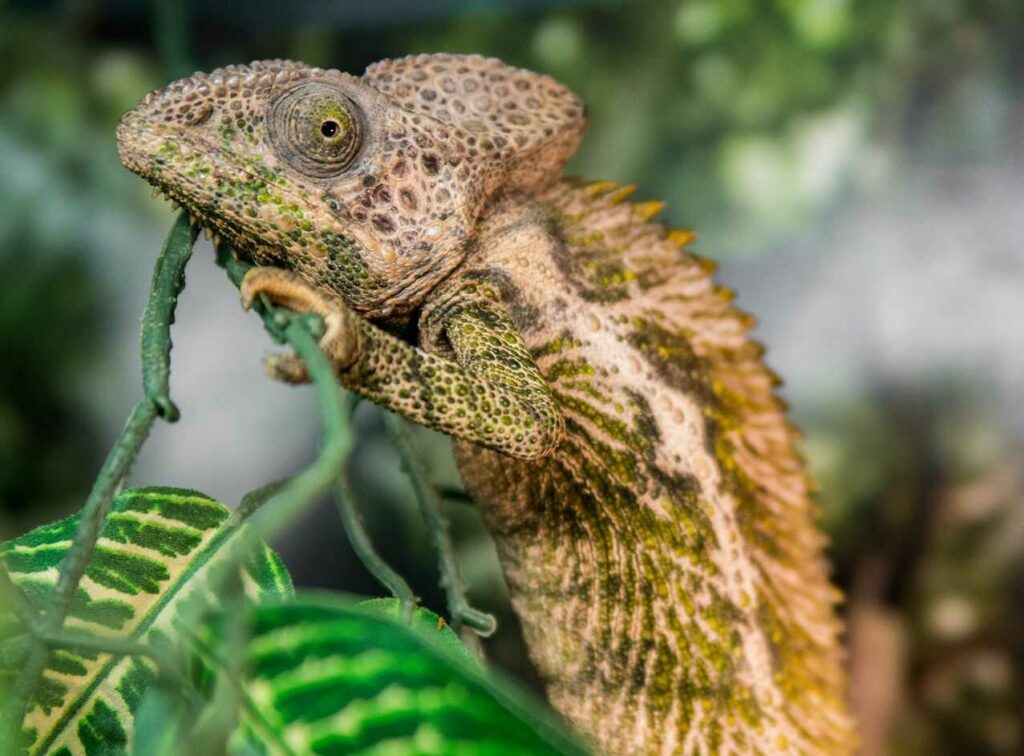
Chameleon
Chameleon
Chameleon
Chameleons, once a rarity outside of specialist stores, are now readily available in pet shops. With their eyes that move in fascinating ways, their ability to change colors, and their charming curled tails, chameleons are truly captivating creatures. This page will provide a thorough explanation of the mysteries of chameleons and what preparations are needed to keep one as a pet.
Chameleon Basic Infomation

Class: Reptilia, Order: Squamata, Family: Chamaeleonidae
Genus Chamaeleon - 70 species, Genus Rhampholeon - 16 species, distributed mostly throughout Africa and Madagascar with approximately half found outside the Sahara Desert.
Genus Chamaeleo - 1 species, found in southern Spain, North Africa, the Arabian Peninsula, India, and Sri Lanka.
Total length - 20 to 30 cm (with more than half being the tail)
Chameleons are diurnal and mostly arboreal, living in trees. They move slowly but are adept at navigating narrow tree branches using their distinctive four feet.
Their body color can change based on the environment, ambient light, temperature changes, and emotions.
Most chameleon species hatch from eggs. When laying eggs, females descend to the ground, dig a hole, and can lay between 20 to 50 eggs.
Chameleons are said to be challenging to keep as pets. The average lifespan of a typical chameleon is 3 to 7 years, though with proper care, some can live up to 10 years.
However, if the living conditions and diet are not suitable, they can die within a few months.
The price of chameleons varies depending on the species, country of origin, and size. The affordable type is the leaf chameleon.
The palm-sized, adorable leaf chameleon can be purchased for about 2,000 to 5,000 yen. Among those experienced in reptile care, the panther chameleon is popular, costing between 50,000 to 100,000 yen and is more challenging to keep, so beginners should be cautious.
Chameleons can be purchased at reptile specialty stores or pet shops that deal extensively with reptiles.
Chameleon Q&A

What is the origin of the name 'Chameleon'?
The name 'chameleon' comes from the Greek words 'chamai' meaning 'on the ground' and 'leon' meaning 'lion', which translates to 'earth lion'. This name refers to the chameleon's fearsome appearance and its ground-dwelling habits.

What are the color variations of the Chameleon?
Chameleons are famous for their wide range of color variations. They can display colors such as green, blue, brown, black, red, orange, and yellow, often in patterns that can change dramatically. Their color changes are not just for camouflage but are also used to communicate their mood, attract mates, or intimidate rivals.

What does the Chameleon eat?
Chameleons primarily feed on insects. Their diet includes crickets, grasshoppers, and other small insects. They are ambush predators, meaning they stay still and wait for prey to come close before striking with their long, sticky tongues, which they can project with remarkable speed and accuracy.

How does the Chameleon change colors?
Chameleons change colors through specialized cells in their skin called chromatophores, which contain different pigments, and iridophores or guanophores, which reflect light. By expanding or contracting these cells, chameleons can rapidly change the way light reflects off their skin, thereby changing their color and pattern in response to their environment, temperature, and emotional state.

Is the Chameleon endangered?
Some species of chameleon are considered endangered due to habitat destruction, the illegal pet trade, and changes to their natural environments. Conservation efforts are crucial to protect these unique reptiles from further decline.

How does the Chameleon reproduce?
Most chameleons lay eggs, though some species give birth to live young. Females typically lay eggs three to six weeks after mating, and the eggs can take from four months to over a year to hatch depending on the species and environmental conditions.

Can chameleons be kept as pets?
Yes, chameleons can be kept as pets, but they require careful and knowledgeable care to thrive in captivity. They need a well-maintained habitat with the correct temperature, humidity, and light, along with a diet of live insects. Potential owners should be prepared for a commitment to providing a complex and carefully controlled environment.

Would you like to become a part of the 'Animalbook.jp'?
Turn your knowledge into Q&A and share it with the world. ※Publication will be activated after purchase. Let's share information together!
Chameleon Type of List

- Chameleon
Information
Congratulations! You are the first commenter!

Would you like to leave a comment?
※Please note: This is for the purchase of rights to post comments within the article.

Find Your Favorites!
Our shop offers a unique and attractive selection of goods themed around various animals.
Chameleon References

- wikipedia https://ja.wikipedia.org/wiki/カメレオン科
- コトバンク https://kotobank.jp/word/カメレオン-46867
- pepyーペットライフを楽しくする情報メディア https://er-animal.jp/pepy/2475
- Pet Pedia https://petpedia.net/article/135/chameleon#toc-16
- RYU88 BROG https://www.ryu88blog.com/chameleon/temperature-and-humidity-for-chameleon
- Let’s go adventure https://lets-go-adventure.com/chameleon-color
- 雑学カンパニー https://zatsugaku-company.com/chameleon-color/
- 爬虫類探偵SPINの部屋 https://spin1011spin.com/kamereonn-tokutyou/#toc2
- ALL About https://allabout.co.jp/gm/gc/69796/#:~:text=◇穏和な性格カメレオン,はハンドリングも楽しめます。
Chameleon Introduction of media used
出典:https://pixabay.com/videos/id-67502/
出典:https://pixabay.com/videos/id-2878/
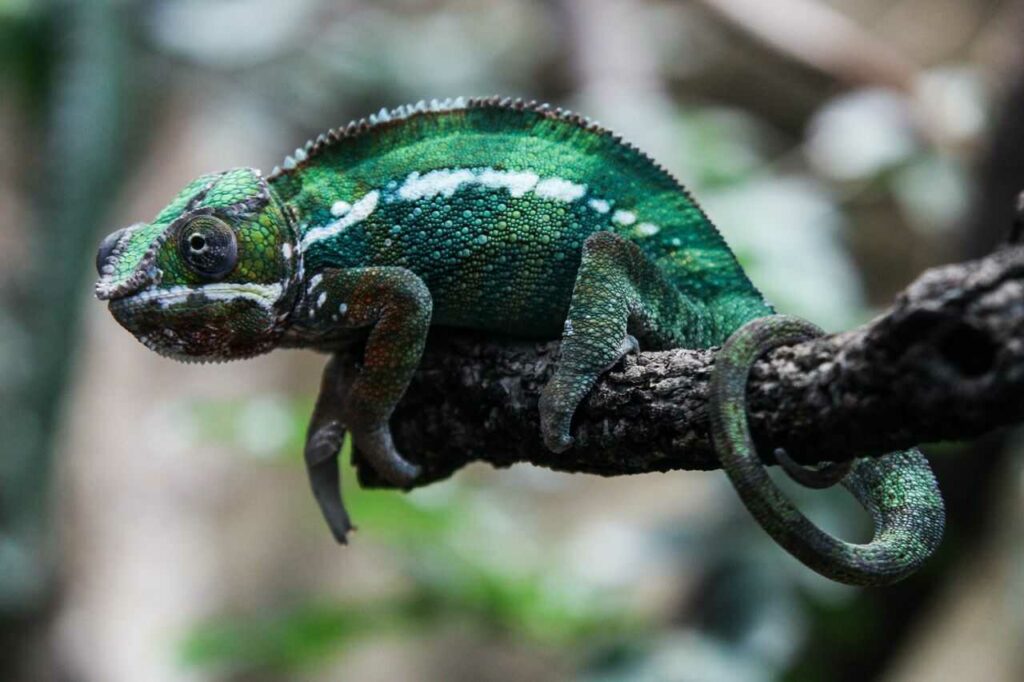
出典:https://unsplash.com/photos/cRh0cC_CP44

出典:https://pixabay.com/images/id-2150271/
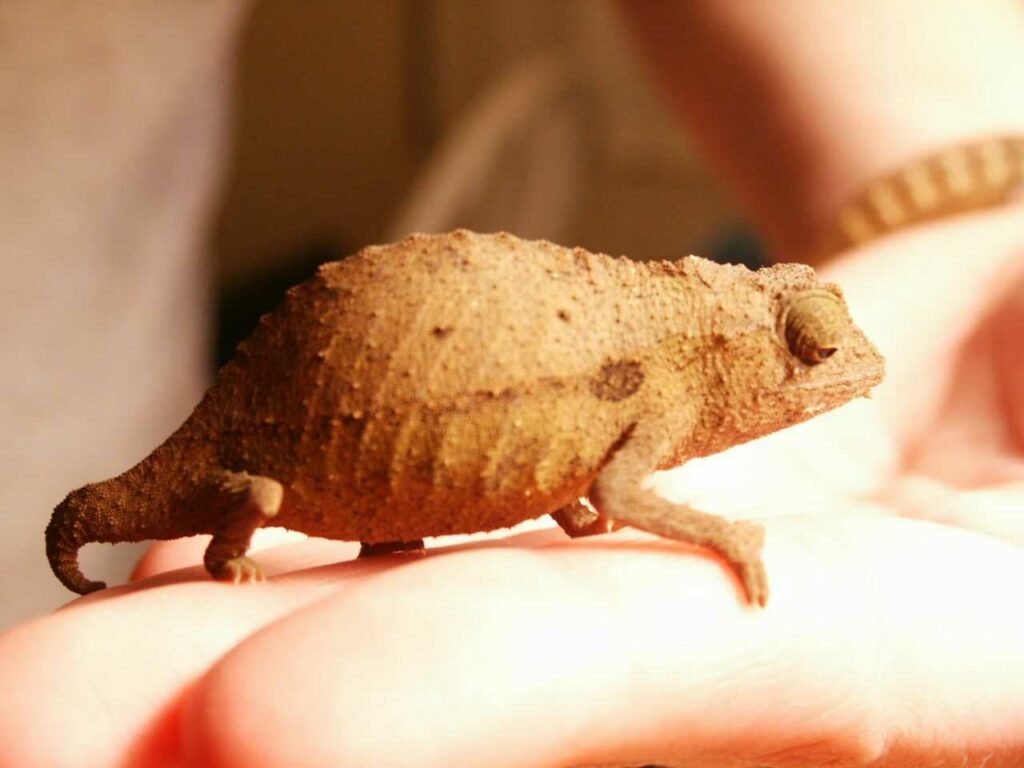
出典:https://commons.wikimedia.org/wiki/File:Rbrevi1.JPG
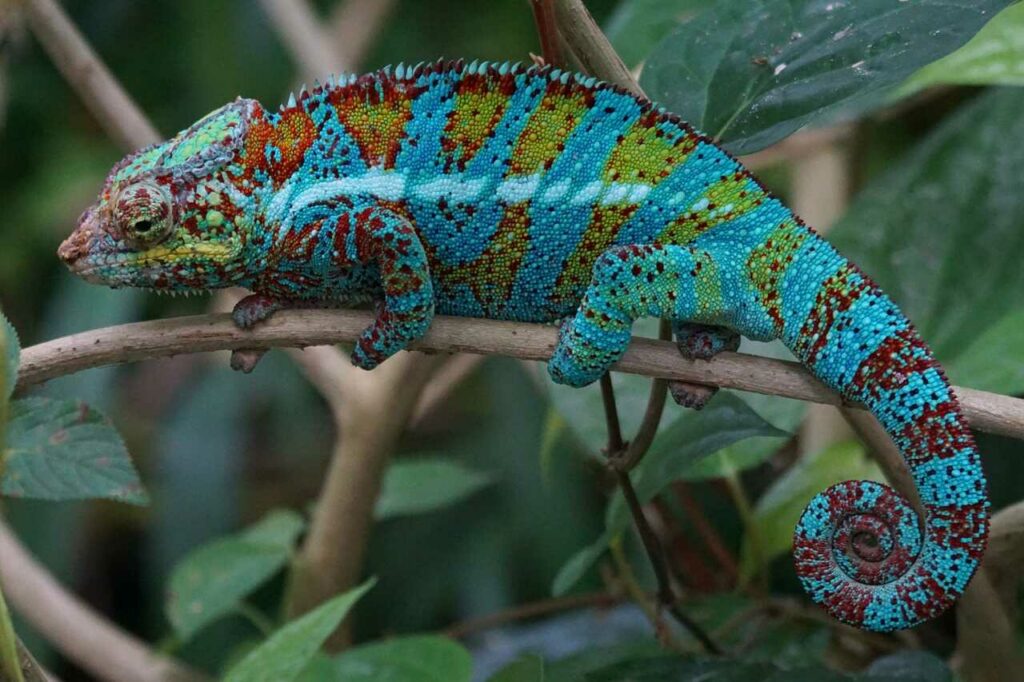
出典:https://pixabay.com/images/id-1098679/
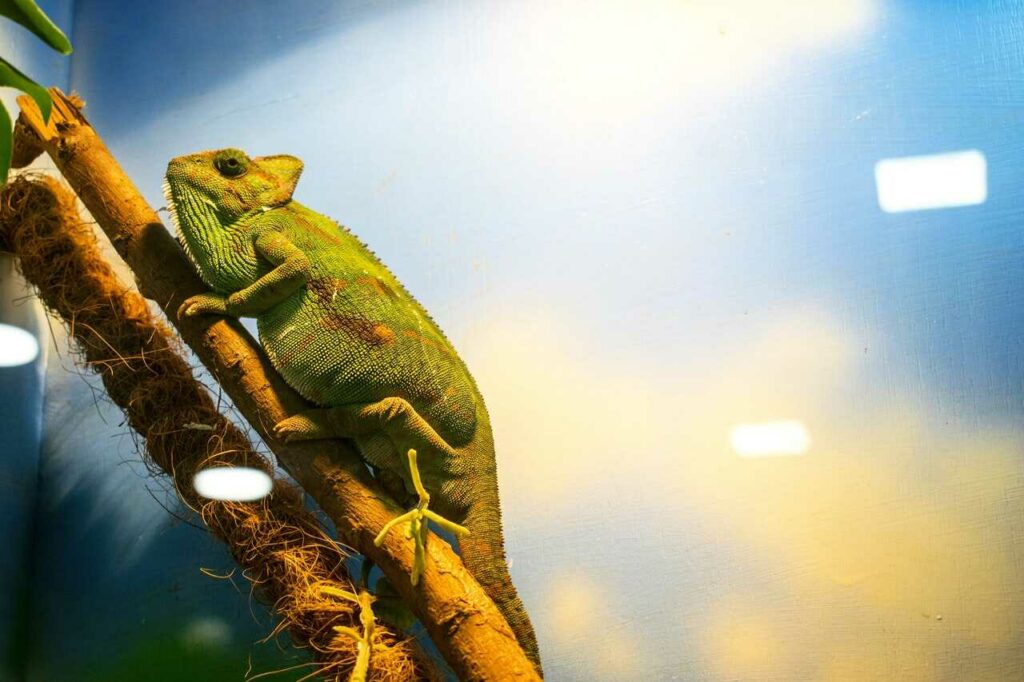
出典:https://www.pexels.com/ja-jp/photo/calyptratus-4183250/
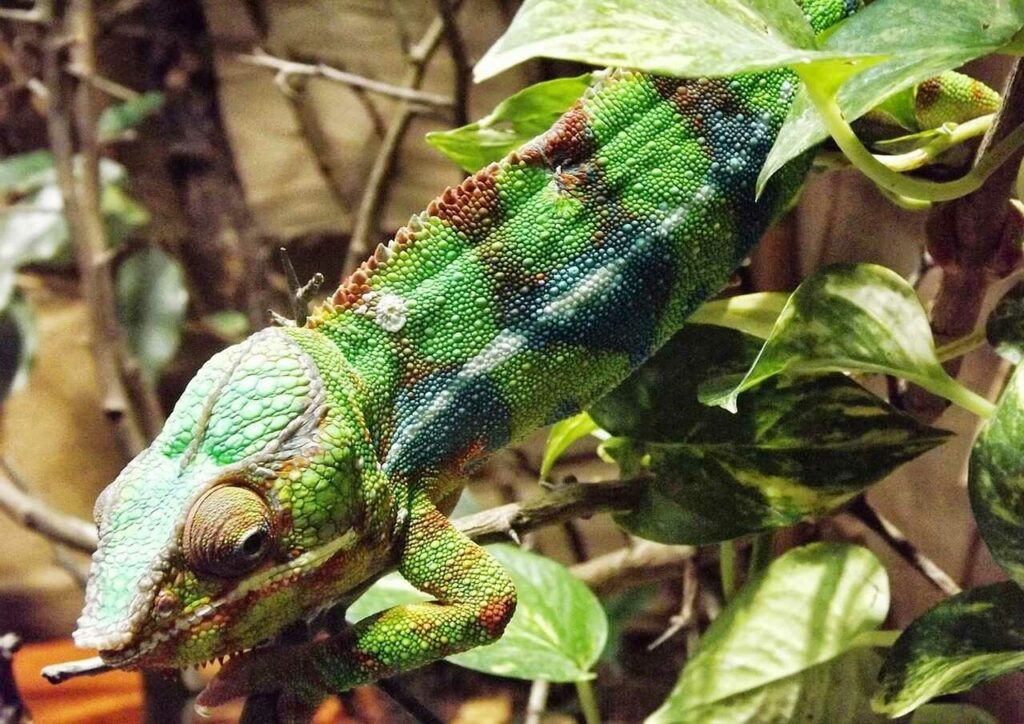
出典:https://pixabay.com/images/id-2955001/

出典:https://pixabay.com/images/id-2653076/
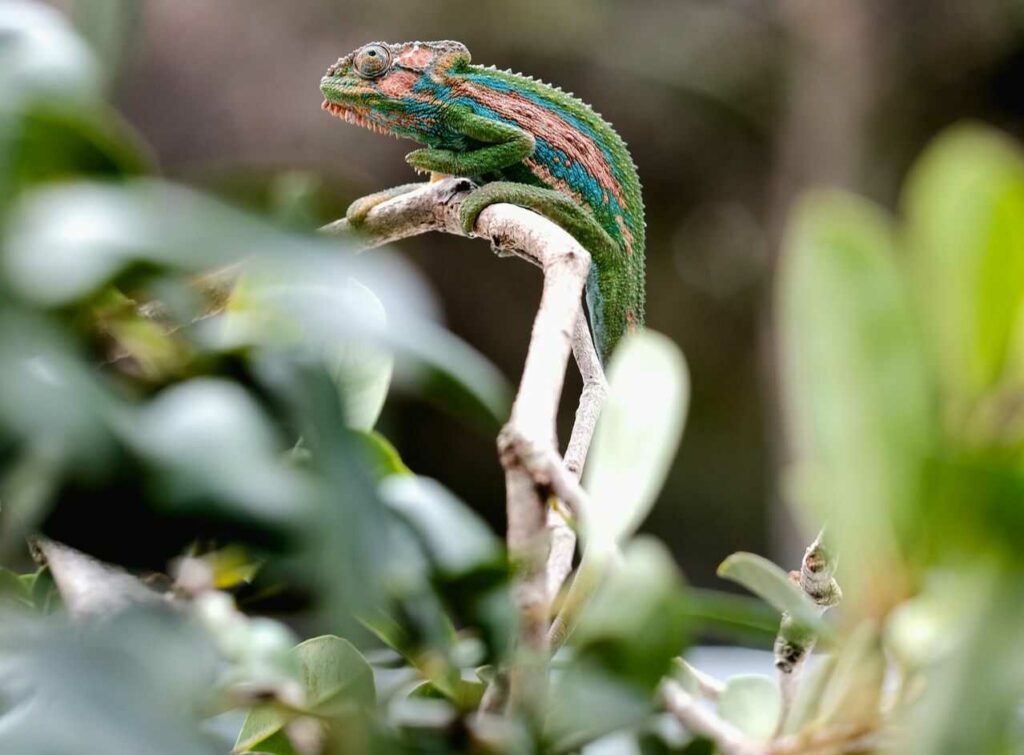
出典:https://unsplash.com/photos/ktwf6kExFAw

出典:https://pixabay.com/images/id-1170043/
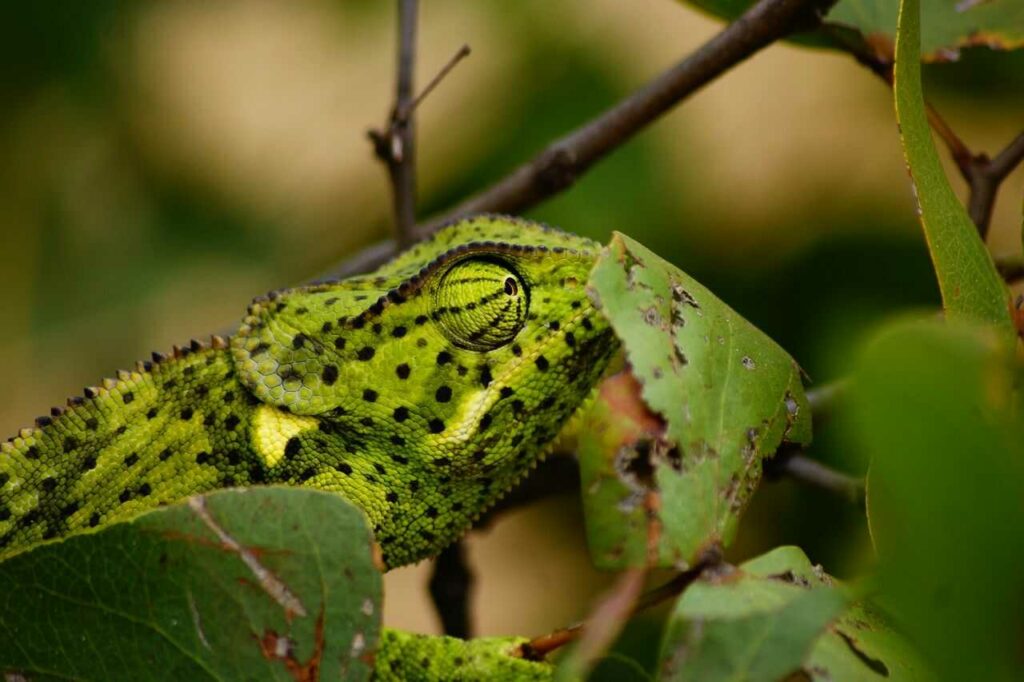
出典:https://unsplash.com/photos/ft8x_pQMdnY
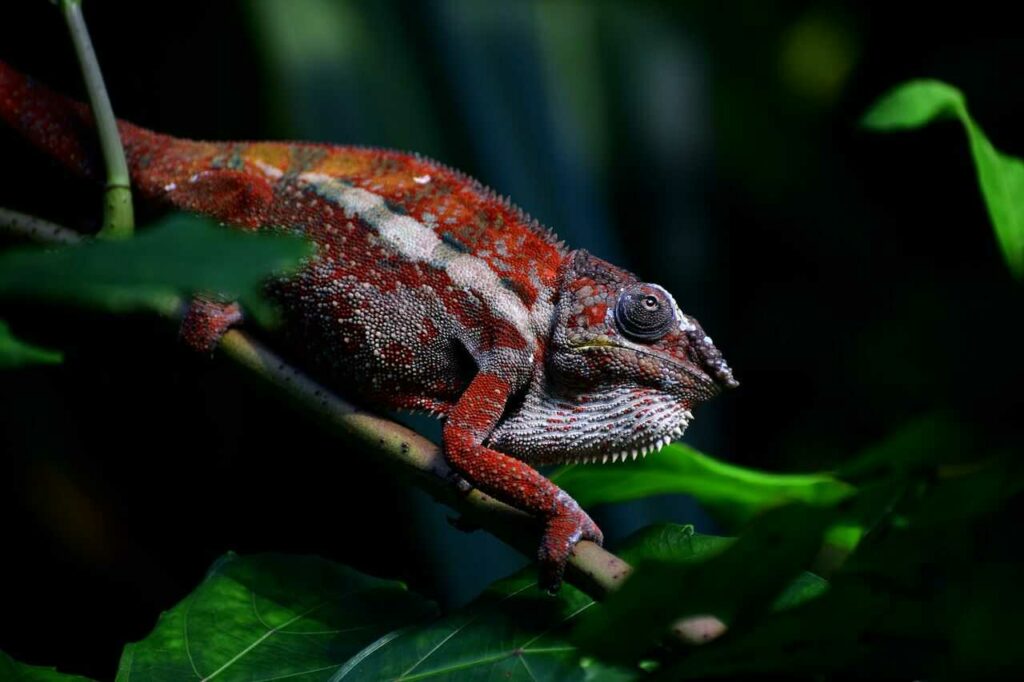
出典:https://unsplash.com/photos/PhYm7lueoV0

出典:https://unsplash.com/photos/ElQI4kGSbiw
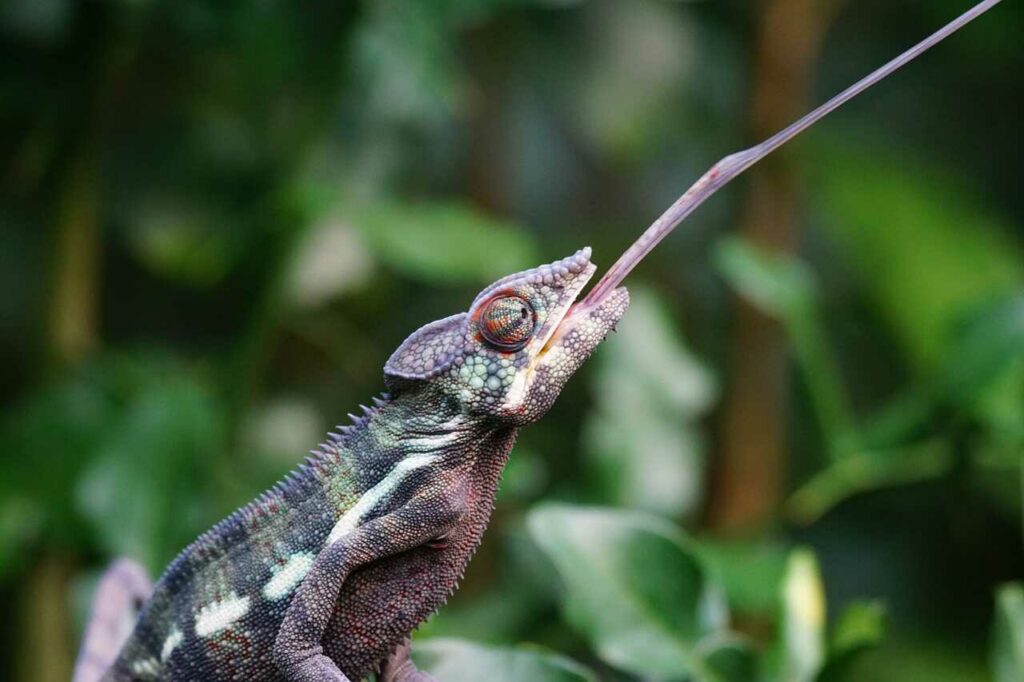
出典:https://pixabay.com/images/id-1154457/

出典:https://www.pexels.com/ja-jp/photo/4019486/
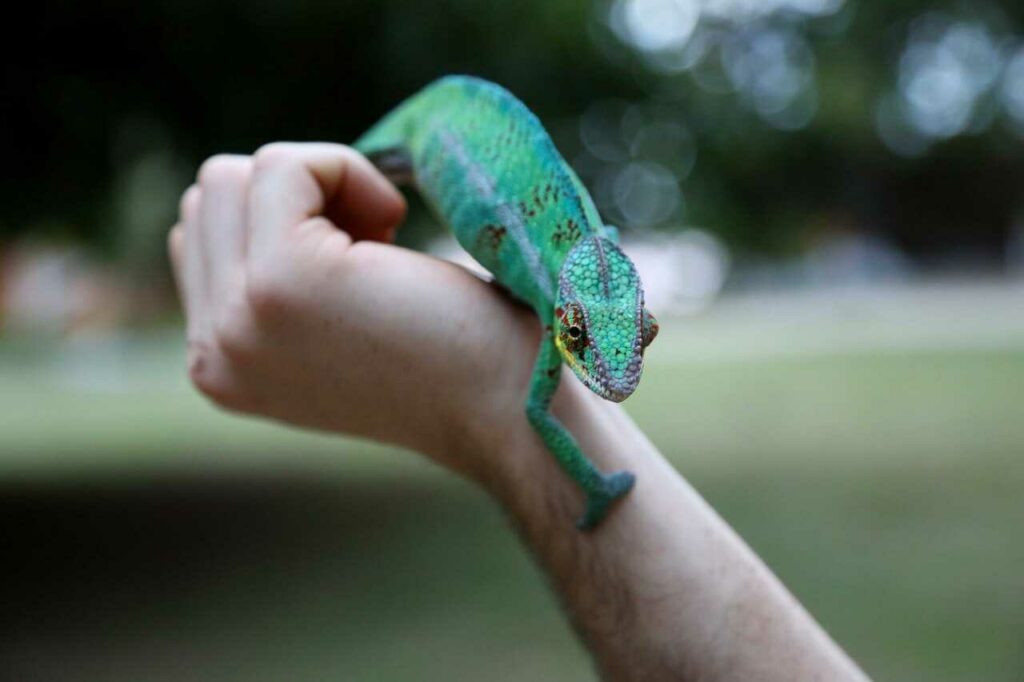
出典:https://www.pexels.com/ja-jp/photo/2253805/
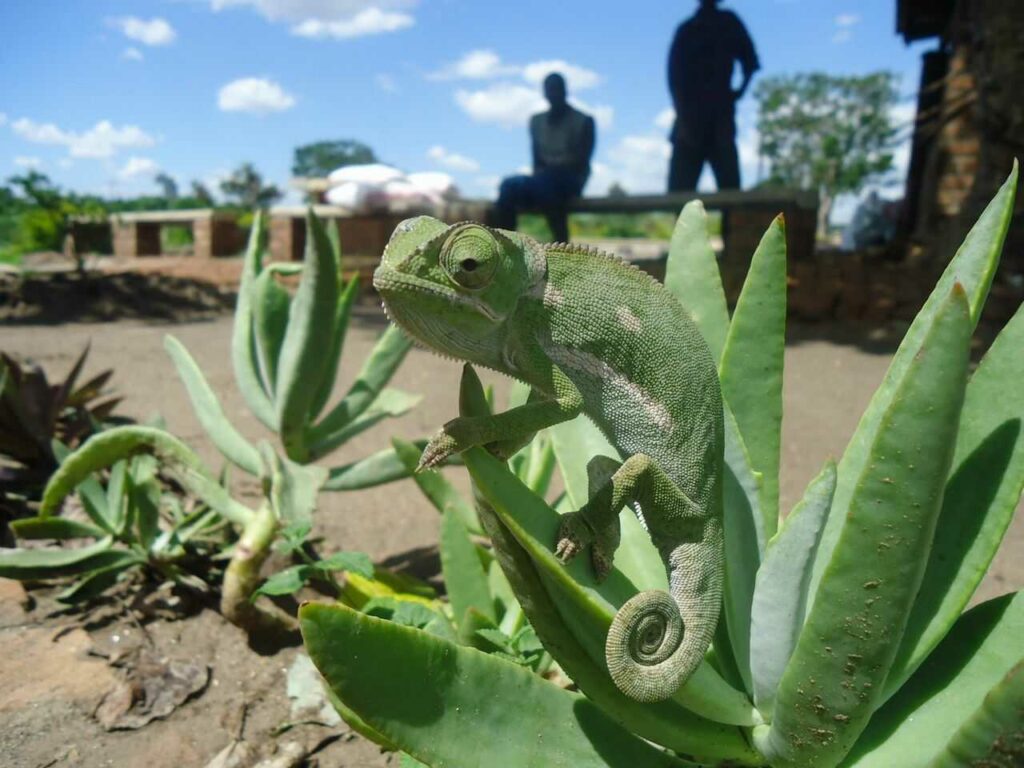
出典:https://unsplash.com/photos/PONwPeAxUmw

Help Enrich Our Animalbook.jp with Your Media!
We are constantly looking to expand and enrich our Animalbook.jp with amazing photos and videos of animals. If you have any media that you'd like to share, please contribute and help us showcase the beauty and diversity of the animal kingdom. Your submissions will be credited and featured in our encyclopedia, reaching a wide audience of animal lovers.



